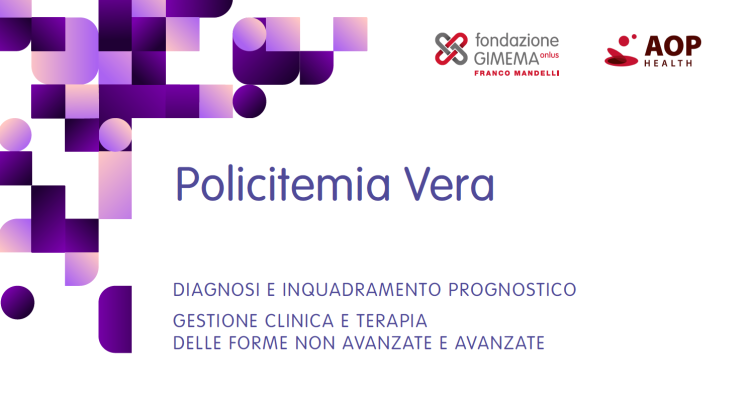
Clinical Assessment of Resistance and Intolerance to Hydroxyurea as Criteria for Second-line Treatment in patients with Polycythemia Vera
General Information
Epidemiology of Polycythemia Vera (PV):
- Annual incidence increases with advanced age, varies from 0.7 to 2.6 per 100,000 people in Europe and North America (Hultcrantz M., et al. (2020). J Intern Med. 287, 448-454)
- Slight male predominance (M:F = 2:1) and median age at diagnosis is 61 years (Leukemia 2013;27:1874)
Clinical Picture of Polycythemia Vera
- At the beginning, a person may not notice any symptom, but when symptoms do appear, they include:
- Pruritus, or itchy skin, which is worse after warm showers or baths
- Blurry vision or other changes relating to eyesight
- Headaches
- Excessive sweating
- Fatigue
- Dizziness
- Ringing in the ears
- Clinical signs of the disease may include:
- Splenomegaly
- Skin that appears red or discolored, or rarely erythromelalgia (redness and warmth skin, with burning pain)
- Unexplained weight loss
- Gastrointestinal (GI) discomfort and peptic ulcer disease are common
- During the course of disease bleeding and thrombotic complications may be observed:
- Bleeding events can include epistaxis, gum bleeding, and gastrointestinal (GI) bleeding.
- Thrombotic events can include deep venous thrombosis (DVT), pulmonary embolism (PE), Budd-Chiari syndrome, splanchnic vein thrombosis, stroke, and arterial thrombosis
Diagnosis and Prognosis
Differential Diagnosis of Erythrocytosis
Diagnostic Criteria of Polycythemia Vera (PV) according to the WHO and ICC Classifications
Prognostic Factors and Models in Polycythemia Vera
Therapies
Treatment for Low Risk Polycythemia Vera
Treatment for High Risk Polycythemia Vera
Low-risk PV patients eligible for cytoreduction
Switching Between Therapies in Polycythemia Vera
Resistance/intolerance
Clinical resistance/intolerance to hydroxyurea in Polycythemia Vera
- Hydroxyurea is a hydroxylated analog of urea, inhibiting DNA synthesis by inhibiting ribonucleotide diphosphatase reductase and blocking the conversion of ribonucleotides to deoxyribonucleotides
- Hydroxyurea is cell cycle specific for the S phase, causing cell arrest at G1 to S
- Hydroxyurea is administered orally, is readily absorbed, and has 100% bioavailability. The half life is 1.9 to 3.9 hours in adults an d 1.7 hours in children
- Hydroxyurea is excreted in the urine with recommendations of dose change in patients with kidney function impairment
Intolerance to Ruxolitinib in Polycythemia Vera
Intolerance to Interferon in Polycythemia Vera

